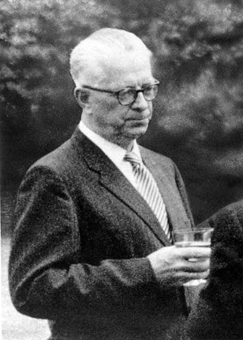Arts and culture
SA literature: between the wars
William Plomer
While Olive Schreiner drew fire from the colonial elite for her liberal views, William Plomer, decades later, shocked colonial society with his novel Turbott Wolfe (1926), written when he was only 19 years old. It tackled the highly sensitive issue of inter-racial love. Though hardly a roistering sexual chronicle, it was an indictment of white South African attitudes at the time, and the mere suggestion that there might be human sympathy, let alone sexual attraction, between a white and a black person, horrified many. The novel also contains open discussion of the political and racial situation in South Africa. Along with his contemporaries and sometime collaborators Laurens van der Post and Roy Campbell, Plomer left South Africa soon after the publication of his novel. He settled finally in Britain, where he became known primarily as a poet.Sarah Gertrude Millin
Perhaps the dominant figure of South African literature in the period between the two world wars was Sarah Gertrude Millin, whose reputation has faded considerably since her death. This can be predicated on her politics: she was initially a devout supporter of Jan Smutsí government, but later became something of an apologist for apartheid. Her views on the "tragedy" of racial miscegenation were put forward in Godís Stepchildren (1924). Seen in terms of racial hierarchies, with whites at the top and blacks at the bottom, Millinís views represented those held widely at the time. Her later novels continued to deal with the predicament of coloured (mixed-race) people in South Africa, or attempted to describe the world of indigenous peoples.The story continued ...
Would you like to use this article in your publication or on your website? See: Using SAinfo material

William Plomer shocked colonial society with his novel Turbott Wolfe, which tackled the sensitive issue of interracial love


